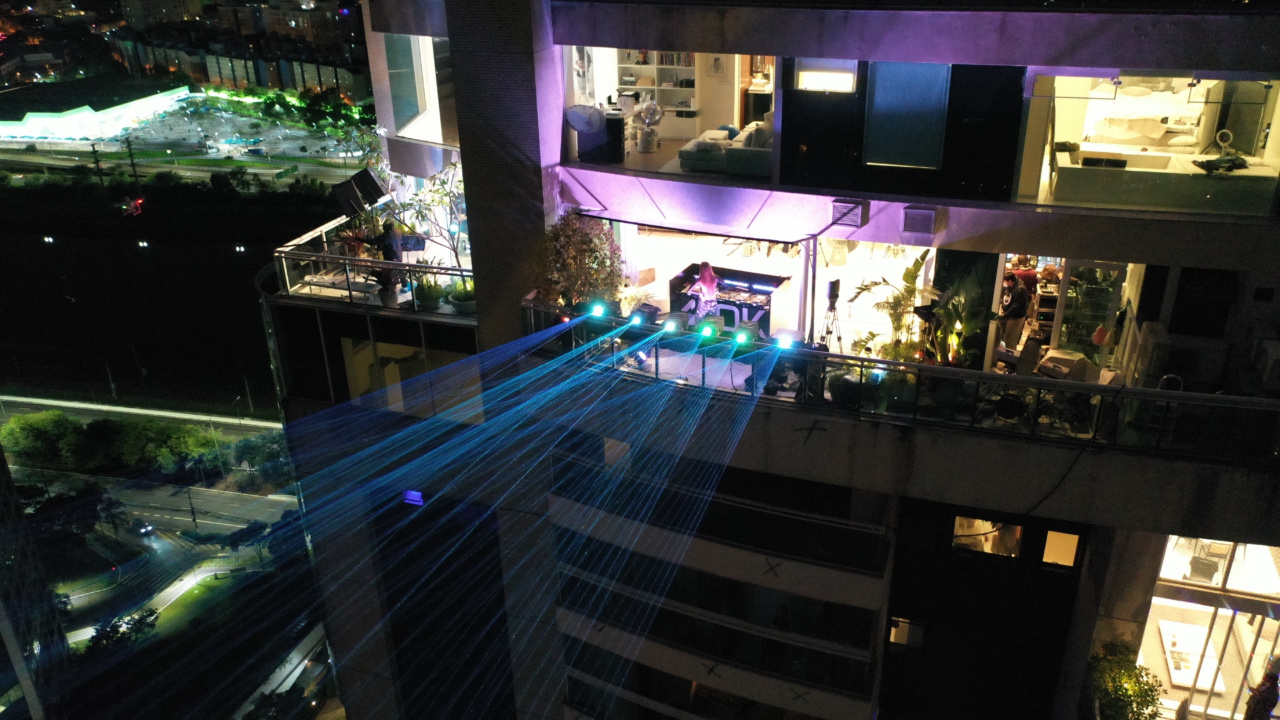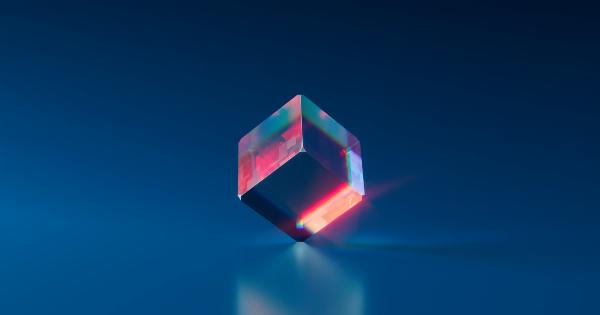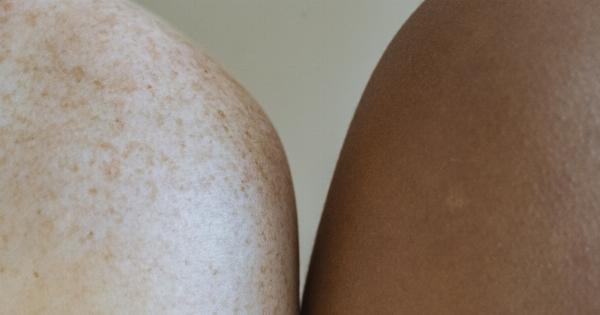Laser waxing is gaining popularity as a highly effective hair removal method. While traditional waxing can be painful and time-consuming, laser waxing offers a more efficient and long-lasting solution.
In this comprehensive video, we delve into the details of laser waxing and why it is becoming the preferred choice for many individuals.
The Basics of Laser Waxing
Laser waxing is a hair removal technique that uses laser technology to target and eliminate hair follicles. Unlike traditional waxing methods, where hot wax is applied to the skin and forcibly pulled off, laser waxing is a gentler alternative.
The laser emits concentrated beams of light that are absorbed by the pigment in the hair follicles, ultimately destroying them.
The effectiveness of laser waxing is attributed to its ability to target hair at the root, leading to slower regrowth and in some cases, permanent hair reduction.
Unlike shaving or traditional waxing, which only remove hair temporarily, laser waxing can result in smooth, hairless skin for much longer periods.
The Advantages of Laser Waxing
There are several significant advantages to choosing laser waxing over other hair removal methods:.
1. Longer-lasting Results
One of the primary benefits of laser waxing is its ability to deliver longer-lasting results. While waxing typically lasts for a few weeks before regrowth occurs, laser waxing can leave you hair-free for several months at a time.
The regrowth that does occur is often lighter and finer, making it less noticeable.
2. Reduced Ingrown Hairs
Ingrown hairs are a common side effect of traditional waxing and shaving. However, laser waxing significantly reduces the occurrence of ingrown hairs.
By targeting the root of the hair follicle, laser waxing disrupts the hair growth cycle and prevents ingrown hairs from forming.
3. Precision Targeting
Laser waxing allows for precise targeting of specific areas. Whether you want to remove hair from your legs, underarms, face, or bikini line, laser technology can be customized to suit your needs.
This precision targeting ensures effective hair removal with minimal discomfort.
4. Minimal Discomfort
Compared to traditional waxing, laser waxing is generally less painful. While some individuals may experience a mild tingling or stinging sensation during treatment, the discomfort is minimal and well-tolerated.
Additionally, most laser devices come equipped with a cooling system that helps soothe the skin during the procedure.
5. Time-Saving Solution
Traditional waxing can be a time-consuming process, especially for individuals with larger areas of hair to remove. Laser waxing offers a time-saving solution as it covers larger areas in a shorter amount of time.
This makes laser waxing an ideal choice for individuals with busy schedules.
Understanding the Laser Waxing Process
Before undergoing laser waxing, it’s essential to understand the process and what to expect:.
1. Consultation
Prior to the laser waxing procedure, you will have a consultation with a trained professional. During this consultation, the technician will assess your skin type, hair color, and overall candidacy for the treatment.
They will also address any concerns or questions you may have.
2. Preparation
Before the laser waxing session, it is essential to prepare your skin properly. This typically involves shaving the area to be treated a day or two before the session.
It is important to avoid sun exposure and the use of any topical creams or lotions in the treated area.
3. Protection
During the laser waxing procedure, you will be provided with protective eyewear to shield your eyes from the laser light. The technician may also apply a cooling gel to the treated area to soothe the skin and protect it from excessive heat.
4. Laser Treatment
The laser device emits short bursts of laser light onto the skin surface, targeting the hair follicles. You may feel a slight tingling or snapping sensation on your skin, but it is generally well-tolerated.
The duration of the treatment depends on the size of the treated area, with smaller areas taking less time.
5. Post-Treatment Care
After laser waxing, your skin may appear slightly red or swollen, similar to a mild sunburn. This is normal and typically subsides within a few hours.
It’s important to avoid sun exposure, hot showers, and the use of any irritating skincare products for a few days post-treatment.
Frequently Asked Questions About Laser Waxing
Here are some common questions and answers about laser waxing:.
1. Is Laser Waxing Suitable for Everyone?
Laser waxing is generally safe and effective for most individuals. However, it may not be suitable for individuals with certain medical conditions, such as pregnancy, active skin infections, or a history of keloid scarring.
A consultation with a trained professional is crucial to determine if laser waxing is appropriate for you.
2. How Many Sessions Are Required?
The number of laser waxing sessions required varies depending on factors such as hair color, thickness, and the area being treated. On average, most individuals require six to eight sessions spaced several weeks apart to achieve optimal results.
3. Does Laser Waxing Hurt?
While everyone’s pain tolerance is different, laser waxing is generally described as less painful than traditional waxing methods. The cooling system integrated into most laser devices helps minimize discomfort during the procedure.
4. Are the Results Permanent?
Laser waxing can lead to a significant reduction in hair regrowth, and in some cases, permanent hair reduction. However, it’s important to note that individual results may vary. Maintenance sessions may be necessary to ensure long-lasting results.
Conclusion
In conclusion, laser waxing is an effective and long-lasting hair removal method that offers several advantages over traditional waxing techniques.
With its precision targeting, reduced discomfort, and longer-lasting results, laser waxing is becoming the preferred choice for many individuals seeking smooth, hair-free skin. Consultation with a trained professional is essential to determine if laser waxing is suitable for you and to understand the process and maintenance required for optimal results.





























